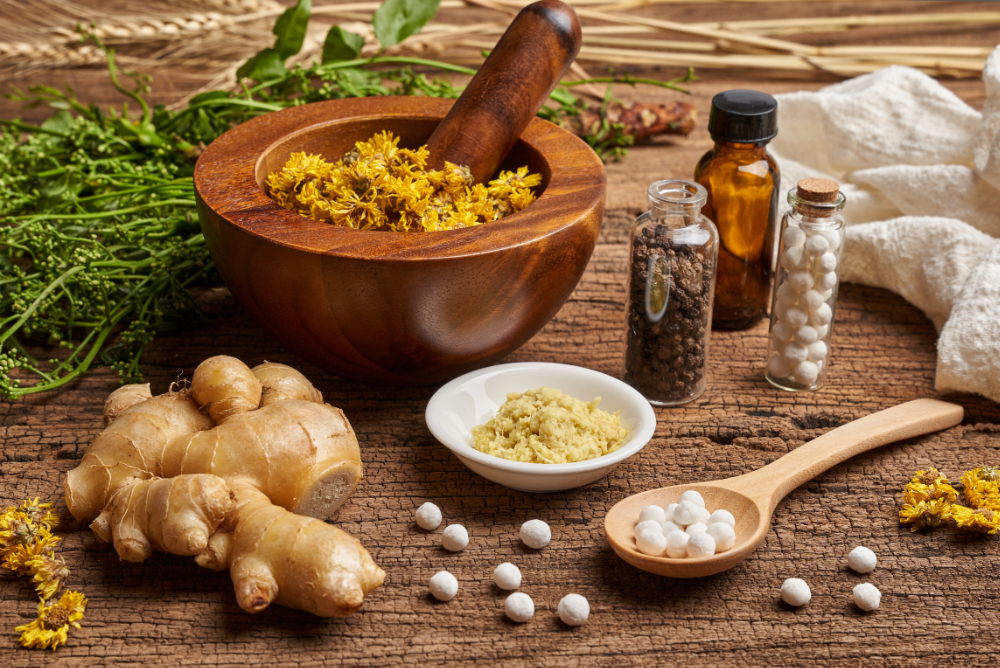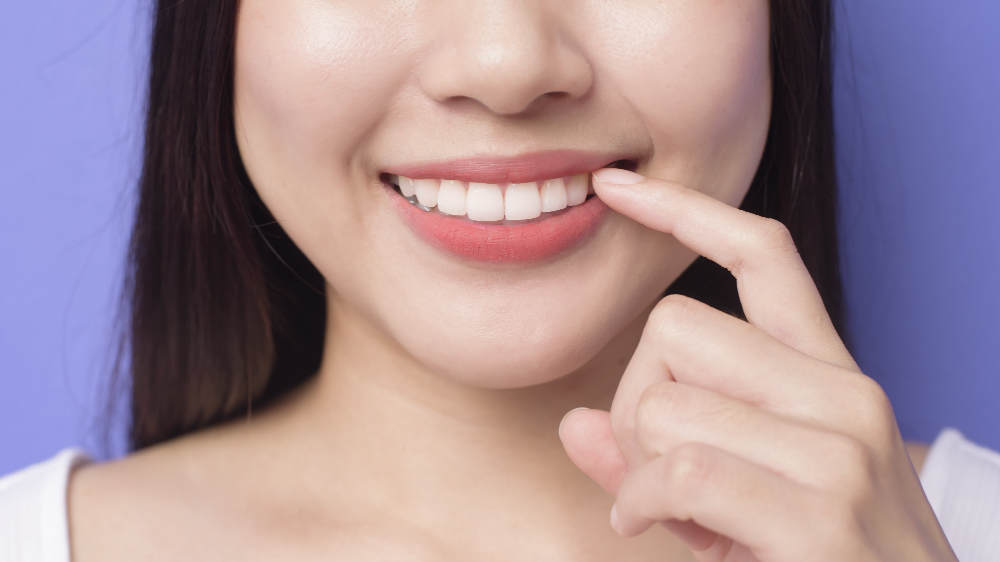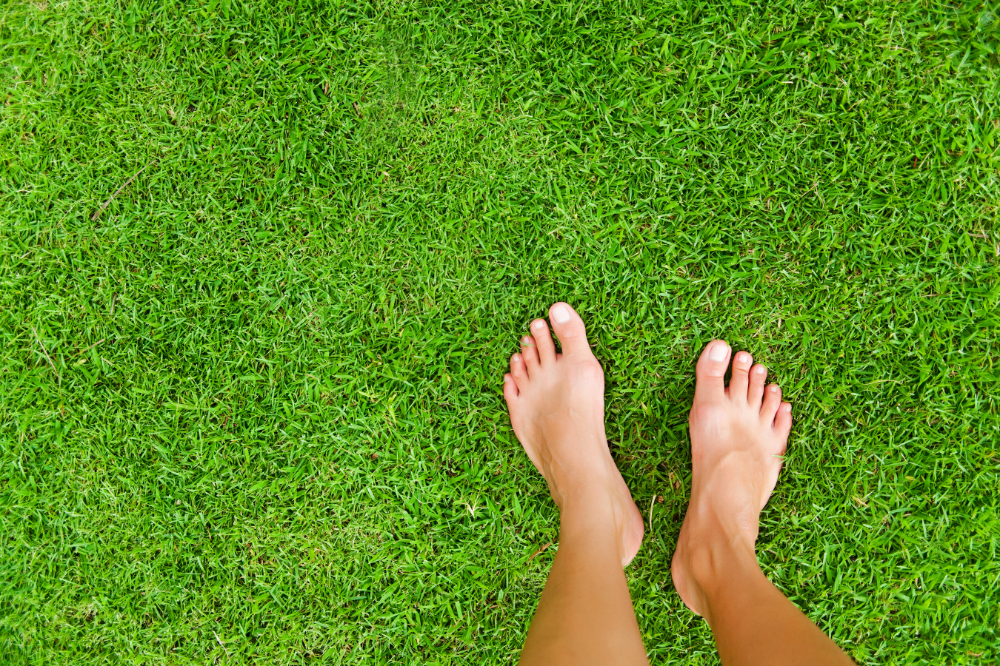What do you do if you have a health problem and can’t get to the doctor or your appointment is not for some time yet? Consider Homeopathy as a home treatment to get you through this.
Imagine a world where a little bit of what ails you can cure you. Welcome to the whimsical realm of homeopathy! Homeopathy is a unique and often puzzling system of alternative medicine that’s been around since the early 19th century. In this article, we’ll take a playful dive into the curious world of homeopathy, exploring what it is, how it started, and its tiny yet intriguing remedies.
The Essence of Homeopathy:
At the heart of homeopathy lies the principle of “like cures like.” This means that a substance that causes symptoms in a healthy person can, in minute and highly diluted amounts, alleviate similar symptoms in a sick individual. So, if you’ve ever wondered whether a drop of poison ivy could actually cure an itchy rash, homeopathy might just offer an eyebrow-raising answer.
A Dilution Dilemma:
Homeopathic remedies are famous for their extreme dilutions. Remedies are often diluted to the point where not a single molecule of the original substance remains, which leaves you pondering if you’re paying for water with a hint of memory. Homeopaths believe that water has a memory and can retain the energetic essence of the diluted substance. Skeptics, on the other hand, might think of it as the world’s most elaborate placebo.

A Brief History: The Discovery of Homeopathy:
Homeopathy was invented by Samuel Hahnemann, (1755–1843) a German physician with a penchant for exploration. Hahnemann became disenchanted with the medical practices of his time, which often included treatments like bloodletting and the use of toxic substances like mercury.
His dissatisfaction with conventional medicine led him to explore alternative approaches to healing. Tired of the toxic treatments of his era, he stumbled upon the principle of “like cures like” and began diluting substances to create remedies.
Samuel Hahnemann’s pivotal moment came when he conducted experiments with cinchona bark, a substance known to treat malaria. He observed that cinchona bark, when ingested by a healthy individual, produced symptoms similar to those of malaria itself. This observation led Hahnemann to formulate the principle of “like cures like,” known as the Law of Similars. He proposed that a substance that can cause symptoms in a healthy person can be used to treat similar symptoms in a sick person.
Hahnemann began experimenting with highly diluted substances to minimize toxic effects while retaining therapeutic properties. He termed these highly diluted remedies “potentized” substances.
Development of Homeopathy:
Samuel Hahnemann’s work on homeopathy laid the foundation for this system of alternative medicine. He published his seminal work, “The Organon of the Healing Art” (Organon der rationellen Heilkunde), outlining the principles and practices of homeopathy. Hahnemann’s homeopathic remedies were prepared through a process of serial dilution and succussion (vigorous shaking), resulting in remedies that often contained minuscule amounts of the original substance.
Spread and Legacy:
Hahnemann’s ideas and practices gained popularity in Europe and beyond during the 19th century. Homeopathy continues to be practiced today by homeopaths and healthcare practitioners worldwide. It has also sparked debate and controversy within the medical community, with proponents highlighting its holistic and individualized approach to healing and critics raising concerns about its scientific validity.
Some Doubt:
Critics often joke that homeopathic remedies are so diluted that you’d need to consume the entire ocean to get a dose of some remedies. Meanwhile, proponents argue that homeopathy is like the “less is more” philosophy of medicine. It’s as if they believe that the less substance there is in a remedy, the more powerful its healing potential becomes.

A World of Tiny Remedies:
Homeopathy boasts an intriguing array of remedies, from the classic Arnica for bruising (made from the mountain daisy) to the eccentric Lac Caninum (made from dog’s milk). There’s even a remedy called Lachesis made from the venom of the bushmaster snake. If nothing else, homeopathy certainly keeps you guessing about the origin of your medicine.
While individual responses to homeopathic remedies can vary, here are several common homeopathic remedies and a brief description of their traditional uses:
Arnica Montana:
Traditional Use: Arnica is often used for trauma, bruises, and muscle soreness. It is a go-to remedy for many minor injuries, such as sprains and strains. Some people also use it to alleviate post-surgical discomfort.
Aconitum Napellus (Aconite):
Traditional Use: Aconite is used for sudden, intense symptoms such as panic attacks, fever, and acute illnesses that come on rapidly. It’s often associated with conditions triggered by exposure to cold or fright.
Belladonna:
Traditional Use: Belladonna is employed for conditions characterized by sudden, intense fever, throbbing headaches, and redness. It is sometimes used for sore throats, earaches, and certain types of infections.
Chamomilla:
Traditional Use: Chamomilla is often used for irritable or colicky infants and children. It may help with teething pains, digestive discomfort, and restlessness. In adults, it’s sometimes used for emotional agitation and menstrual discomfort.
Nux Vomica:
Traditional Use: Nux vomica is associated with symptoms related to overindulgence, such as indigestion, heartburn, and irritability. It’s also used for hangovers, stress, and certain types of digestive disturbances.
Pulsatilla:
Traditional Use: Pulsatilla is often used for emotional and hormonal imbalances in women. It’s associated with symptoms like mood swings, irregular menstrual cycles, and digestive discomfort. It’s also used for colds with thick, yellowish mucus.
Rhus Toxicodendron:
Traditional Use: Rhus tox is used for conditions involving stiffness and pain that improve with movement. It’s a common remedy for muscle strains, arthritis, and certain skin rashes like poison ivy.
Silicea (Silica):
Traditional Use: Silicea is used for conditions related to weakness and slow healing. It may be employed for skin issues like acne, as well as for brittle nails and sinus congestion.
Thuja Occidentalis (Thuja):
Traditional Use: Thuja is often used for skin problems like warts, skin tags, and fungal infections. It is also associated with emotional and mental symptoms, such as anxiety and a sense of being “stuck.”
Apis Mellifica (Apis):
Traditional Use: Apis is used for conditions involving swelling, redness, and stinging pain. It may be employed for insect bites, hives, and conditions that involve fluid retention.
It’s important to note that homeopathic remedies are highly diluted, and their traditional uses are based on the principle of “like cures like.” Individual responses to homeopathy can vary, and it’s advisable to consult with a qualified homeopath or healthcare provider for guidance on remedy selection and dosage, especially for chronic or serious health conditions. Homeopathy is often used as a complementary therapy alongside conventional medical treatment.
Samuel Hahnemann’s pioneering work in developing homeopathy revolutionized the field of medicine and introduced a unique approach to healing based on the principle of “like cures like.” His legacy continues to influence the practice of homeopathy and alternative medicine today.




